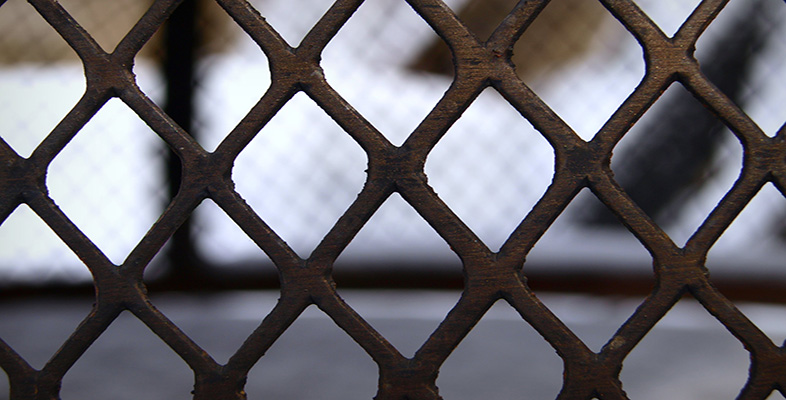2.3 Regional human rights instruments
Regional human rights instruments also contain provisions prohibiting slavery. The European Convention on Human Rights 1950 (ECHR) provides in Article 4 that ‘No one shall be held in slavery or servitude’ and that ‘No one shall be required to perform forced or compulsory labour’. In addition, on 1 February 2008, the Council of Europe Convention on Action Against Trafficking in Human Beings came into force. The Convention aims to prevent trafficking in human beings, protect victims of trafficking, prosecute traffickers, and promote co-ordination of national actions and international co-operation.
Article 6 of the American Convention on Human Rights (ACHR) 1969 contains similar provisions to ECHR 1950. In addition, it specifically prohibits ‘traffic in women’, which is interesting given the time when this instrument was adopted. The African Charter on Human and People’s Rights (ACHPR) 1981 presents a different approach to slavery. It treats slavery as a form of degradation alongside torture.
Article 5 of the Banjul Charter states:
Every individual shall have the right to the respect of the dignity inherent in a human being and to the recognition of his legal status. All forms of exploitation and degradation of man, particularly slavery, slave trade, torture, cruel, inhuman or degrading punishment and treatment shall be prohibited.
Activity 4 Slavery: the state’s human rights obligations
Question 1
Read paragraphs 1–29 and 62–89 of the judgment of the Economic Community of West African States (ECOWAS) Community Court of Justice in Hadijatou Mani Koraou v The Republic of Niger, ECW/CCJ/JUD/06/08, 27 October 2008 [Tip: hold Ctrl and click a link to open it in a new tab. (Hide tip)] .
What are the facts in this case?
Discussion
At the age of 12, Ms Mani had effectively been sold into the ownership of a tribal chief, who was 34 years her elder. In accordance with the practice in Niger called Wahiya, the applicant was obliged to live with him for several years and to perform domestic duties. She also had four children with him. On 18 August 2005, the tribal chief to whom she had been sold, gave Ms Mani a liberation certificate from slavery, effectively rendering her ‘free’. The certificate was signed by her, the tribal chief and the chief of the village. Nonetheless, she was denied permission to leave the house of her master who claimed that she was still his wife. Ms Mani left the house and did not intend to return.
Question 2
Was the Republic of Niger found in violation of Ms Mani’s human rights? If so, which ones?
Discussion
Yes, Niger was found to be in violation of Article 5 of the ACHPR 1981 (prohibition of slavery). The Court held that Niger was in violation of its duty to protect Ms Mani from slavery.
Question 3
How did the ECOWAS Community Court of Justice approach the issue of slavery in the applicant’s case? What characteristics were used?
Discussion
The Court considered factors indicating enslavement, which were outlined in the ICTY judgment in Prosecutor v Kunarac et al (Judgment) IT-96-23 & IT -96923/1-T (22 February 2001). These are: ‘control of someone’s movement, control of physical environment, psychological control, measures taken to prevent or deter escape, force, threat of force or coercion, duration, assertion of exclusivity, subjection to cruel treatment and abuse, control of sexuality and forced labour’ (para. 77). Many of these factors were present in Ms Mani’s case. The Court expressed the view that the chief of the tribe had a clear intention of exercising powers of ownership over Ms Mani even after he freed her (para. 80).
